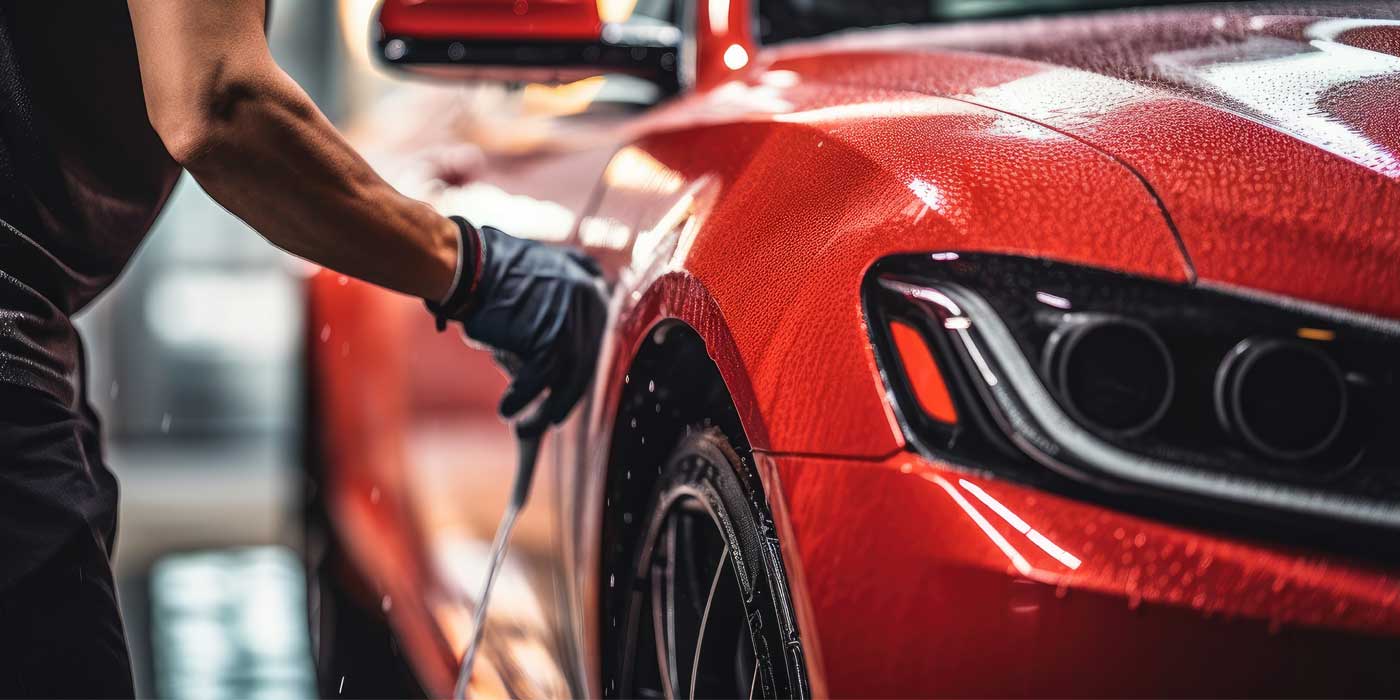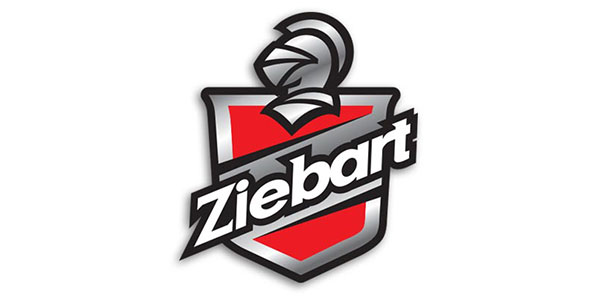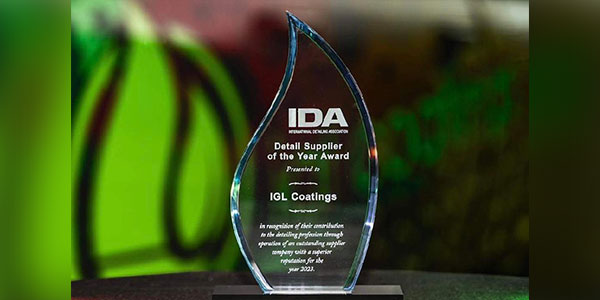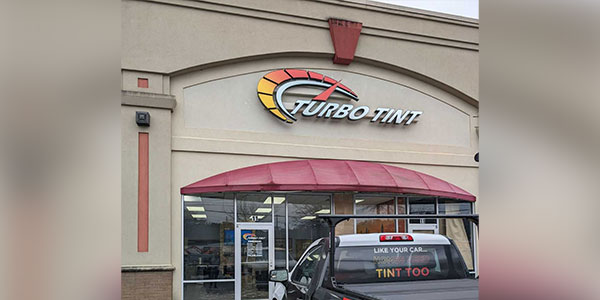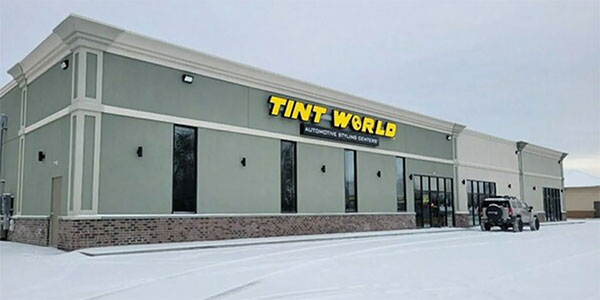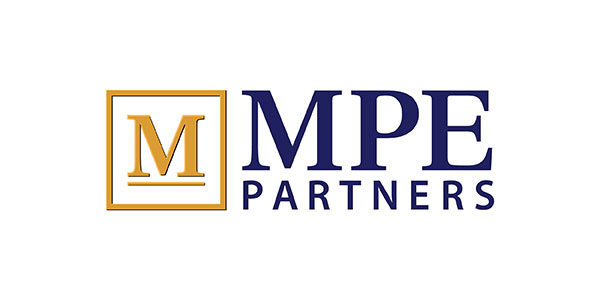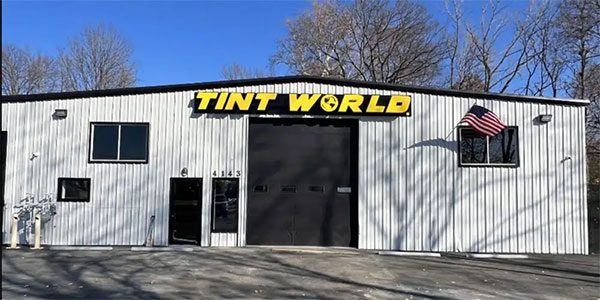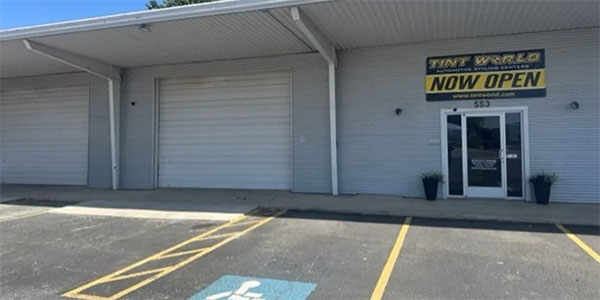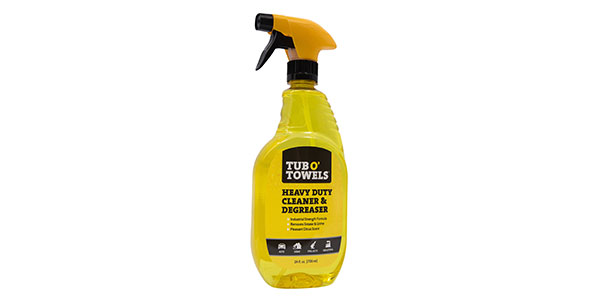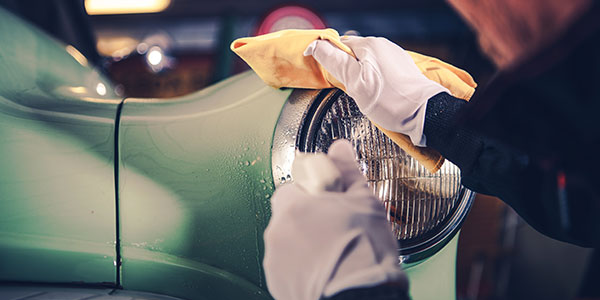In the May 2015 issue of Professional Carwashing & Detailing, I wrote about new innovations in exterior express detailing. In that article, I reviewed the ideal definition of “express detailing,” which is a quick-serve appearance-care process that can be satisfactorily and conveniently delivered within 15 minutes or less after vehicle washing. Four common express services were also identified:
- Exterior hand wax
- Interior “super clean”
- Seat cleaning
- Mat and carpet shampoo.
In essence, express detailing is more than just a wash. However, it still offers convenience because it is performed quickly while the customer waits. Yet the exact service provided varies from carwash to carwash. Moreover, in nearly two decades of interaction with the carwash industry, I have observed common issues that consistently pop up at carwash express detailing operations.
In the May article, I suggested possible solutions to some of these issues. For example, using an orbital polisher to apply wax during an express exterior wax service can offer faster and better results than applying wax by hand.
Secondly, I pointed out that emerging systems are available to help quickly remove surface contamination from the exterior paint. These systems, like the surface prep towel and accompanying spray-polymer lubricant, allow carwash operators to truly offer a clay and wax service in virtually the same amount of time it takes to hand wax a car.
What about the inside?
The biggest problem with interior express services that I see is what I call the “wet return.” A customer asks for the express carpet shampoo option on the menu, and after the service is complete, the customer is left with wet mats stacked in the trunk and wet carpeting in the car. This does not seem like a convenient service to me.
The same goes for fabric seats. The upholstery covers foam bolsters that essentially become sponges to soak up whatever liquids are presented. This is why fabric seats are damp after using an extractor.
Furthermore, another problem with that foam is it holds onto whatever has spilled on the seat, which is why sometimes stains reappear after deep cleaning with an extractor — even the most powerful extractor will not be able to get all of the liquid out of the foam. So as the seat dries after cleaning, some of the remaining spilled liquid migrates back out of the foam into the cloth.
Extractors are often considered the “go-to” for deep cleaning carpets. By design, however, extractors inject a lot of water in order to rinse the fibers. The powerful vacuum of the extractor removes most of the excess water but will not leave the carpet dry. This situation is perfectly acceptable if it is possible to allow the carpets to dry for an hour or so, but this will not work for express.
Steam is your new friend
So what’s the solution? Dry vapor steam. An industrial-grade dry vapor steam machine produces super-hot steam, typically above 300° F. This heated vapor has strong cleaning power but extremely low water content. Additionally, the steam will kill microorganisms on contact, so you are essentially sanitizing while you clean (a great fact for marketing).
The biggest benefit to the express customer is that the carpets and seats are virtually dry upon return. There are two reasons for this. First, the steam machine is only infusing moisture into the top of the carpet or cloth fibers. Second, the amount of water used is a fraction of what is used by an extractor.
Here’s how it works: The typical industrial steam machine will include a large, triangle-shaped nozzle over which a non-dyed towel is wrapped. As the technician moves the nozzle over the surface to be cleaned, the steam pushes through the towel and emulsifies dirt and grime, which is then caught by the towel. Steam is also a great way to quickly clean and sanitize leather seats.
The steam machine’s limitation is that it is not going to be good for deep cleaning or heavily-soiled carpets. In truth, the time it takes to process such carpets should really disqualify them from an express service. However, I know it’s hard to say no to these customers, so keep the hot-water extractor around.
Here’s another advantage of using steam for express carpet cleaning. Because the mats do not have to be removed to allow them to dry, the mats can be cleaned in place. Since the mats can be cleaned in place, the carpeting immediately underneath the mats does not have to be cleaned. I recommend that express carpet and mat cleaning services only include the mats and exposed carpeting around the mats. This makes a lot of sense in the express world because the carpeting under the mats is rarely in need of cleaning and is seldom seen by the customer. Since the carpets under the mats are not cleaned, they don’t have to be dried; so the mats can stay right where they belong. And, the customer no longer has to worry about reinstalling the wet mats that have been thrown in the trunk.
You still have to prep
Regardless of whether you choose to use steam, extraction or a combination of the two, the carpets, mats and cloth seats need to be prepped before cleaning to loosen dirt and grime. This involves prespraying the areas with a non-foaming carpet and fabric cleaning solution then agitating the surfaces. At a minimum, the surfaces should be hand-scrubbed with a stiff-bristled brush. However, this is time-consuming, labor-intensive and usually less than thorough.
A superior alternative to hand-scrubbing is to use a powered scrubbing tool, such as an orbital polisher with attached brushes or a pneumatic rotary carpet shampooer. These devices allow the technician to quickly and thoroughly scrub the carpets, mats and seats with minimal effort. The surfaces are then ready to be cleaned with the dry vapor steamer or hot water extractor.
A recommended process revision
If I ran the world, here’s how the express carpet service would happen. First, the service advisor would ensure that the condition of the vehicle’s carpets fit the service capability of the express technicians to make sure the service can be properly completed in the time promised.
Next, the carpets and mats would be lightly misted with a properly diluted non-foaming carpet pre-spotter using either a trigger sprayer or a chemical sprayer — note that the mats stay in place. Then a shampooing machine would be used to agitate the sprayed areas, including the mats and the exposed carpeting around the mats.
This step is optional, but it will help ensure the carpets are dry upon delivery to the customers. Turn on the vehicle and run the ventilation system at full blast with the air conditioning and heater on maximum and the distribution pointed to the floor.
Clean the mats and carpets with an industrial dry vapor steam machine, changing the towels at least once for each passenger compartment. When finished, leave the ventilation on and all car doors open for a few minutes before returning the vehicle to the customer — do not place any paper or plastic mats.
The express customer deserves a better service experience than having a stack of wet mats in the trunk and an interior covered in plastic seat covers and paper mats. Dry vapor steam is the answer.
Prentice St. Clair is an International Detailing Association Recognized Trainer and Certified Detailer (Skills-Validated). As the president of Detail in Progress Inc., he has provided training and consulting services to carwash and detail operations since 1999. He is available at 619-701-1100 or [email protected].


